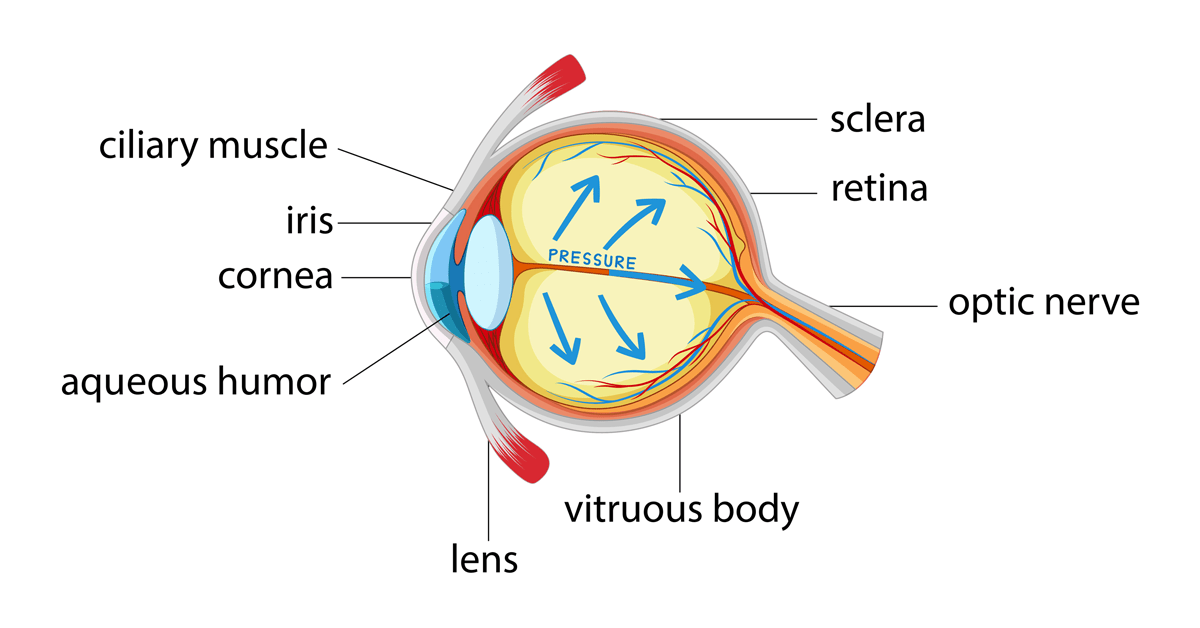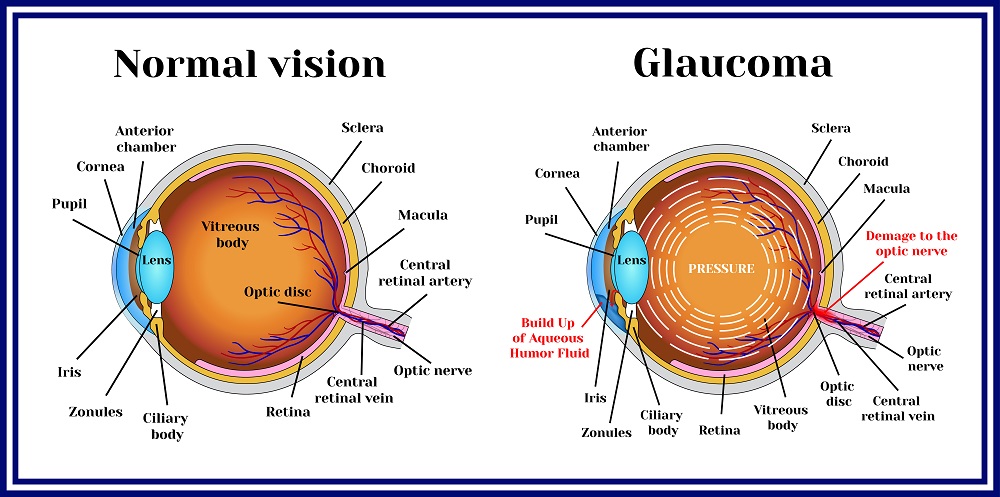Reputable Glaucoma Service Near Me: Secure Your Vision with Professionals
Reputable Glaucoma Service Near Me: Secure Your Vision with Professionals
Blog Article
Understanding the Different Vision Adjustment Procedures Available for Clearer View
In the world of vision correction procedures, a multitude of choices exist to resolve refractive errors and give individuals with clearer view. From the extensively recognized LASIK surgical procedure to less invasive treatments like PRK and implantable lenses, the area of ophthalmology provides a variety of techniques customized to match different requirements and preferences. Each procedure features its own collection of considerations, benefits, and possible dangers. Recognizing the nuances of these vision adjustment approaches is essential for making educated choices about one's aesthetic wellness. Let's check out the details of these procedures and lost light on the path to achieving enhanced vision quality.
LASIK Surgical Treatment
LASIK surgery is a typical refractive treatment made use of to fix vision issues such as astigmatism, nearsightedness, and farsightedness. This surgical strategy, which stands for Laser-Assisted in Situ Keratomileusis, aims to reshape the cornea to boost how light is concentrated on the retina, ultimately improving vision clearness.
Among the primary benefits of LASIK surgical procedure is the rapid enhancement in vision experienced by patients. Lots of people discover a substantial enhancement in their vision immediately after the treatment. Additionally, the majority of patients report very little pain and pain during the surgery and recovery duration. The recuperation time for LASIK is relatively fast, with lots of individuals returning to their daily tasks within a day or 2 post-operation. Overall, LASIK surgery is a popular selection for individuals looking for a long-lasting option for their vision problems.
PRK Procedure
While likewise a typical refractive treatment, the PRK (Photorefractive Keratectomy) method differs from LASIK surgery in its approach to dealing with vision troubles. In PRK, rather of producing a flap on the cornea, the outer layer of the cornea, called the epithelium, is completely gotten rid of. This allows the laser to improve the cornea to fix refractive errors such as nearsightedness, astigmatism, and farsightedness straight externally.

In spite of the longer recovery time, PRK can produce exceptional cause vision improvement, making it a valuable alternative for those who might not be ideal candidates for LASIK surgical treatment.
Implantable Lenses
In comparison to PRK where the cornea is improved straight, implantable lenses offer one more technique for correcting vision by placing fabricated lenses inside the eye. This procedure is especially helpful for people with high levels of nearsightedness, astigmatism, or farsightedness that may not be ideal candidates for laser surgical procedures like LASIK or PRK.
Implantable lenses, More Help also referred to as phakic intraocular lenses, work by supplementing the eye's all-natural lens with a synthetic one. retina service near me. These lenses can be positioned in front of the all-natural lens (anterior chamber) or behind the iris and in front of the all-natural lens (posterior chamber) By changing the power and positioning of these lenses, ophthalmologists can successfully fix refractive mistakes and enhance aesthetic acuity
One benefit of implantable lenses is that they are exchangeable and detachable, giving versatility for future modifications. However, just like any kind of procedure, there are dangers entailed, such as infection or cataract development. Clients thinking about implantable lenses need to speak with an eye care expert to establish the most ideal option based on their specific needs and eye health.
Corneal Rings
Corneal rings, also referred to as intracorneal ring sections, are tiny, transparent devices placed right into the cornea to deal with vision distortions such as keratoconus. Keratoconus is a condition where the cornea thins and protrudes external, causing vision to become distorted. The insertion of corneal rings assists to squash the cornea, boosting aesthetic acuity and lowering the irregular astigmatism created by keratoconus.
The procedure for placing corneal rings is minimally intrusive and reasonably fast, typically executed as an outpatient treatment. Throughout the surgery, the eye doctor makes a little laceration in the cornea and inserts the rings at a particular depth. Once in position, the rings assist to improve the cornea, giving a smoother surface area for light to get in the eye, which can result in more clear vision.
Corneal rings are thought about a relatively easy to fix treatment, as they can be removed or replaced if required. glaucoma service near me. While they may not completely get rid of the requirement for glasses or get in touch with lenses, corneal rings can considerably boost vision high quality and overall visual comfort for people with keratoconus or click to read other corneal abnormalities
Refractive Lens Exchange
Adhering to the modification of corneal abnormalities with treatments like corneal rings, another vision adjustment method that can address refractive mistakes is Refractive Lens Exchange (RLE) RLE is a medical procedure that entails right here replacing the eye's all-natural lens with a synthetic intraocular lens (IOL) to deal with refractive errors such as presbyopia, farsightedness, and nearsightedness. This procedure is specifically advantageous for people that may not be ideal candidates for procedures like LASIK or PRK due to aspects such as slim corneas or high refractive errors.

Conclusion
In verdict, there are different vision adjustment treatments readily available to aid people attain clearer view. LASIK surgical treatment, PRK treatment, implantable lenses, corneal rings, and refractive lens exchange are all options that can address different vision issues.
In the realm of vision improvement treatments, a plethora of alternatives exist to deal with refractive mistakes and give individuals with clearer view.LASIK surgical procedure is an usual refractive treatment made use of to remedy vision issues such as astigmatism, nearsightedness, and farsightedness.While additionally an usual refractive treatment, the PRK (Photorefractive Keratectomy) strategy varies from LASIK surgical procedure in its method to dealing with vision troubles.Following the improvement of corneal irregularities with treatments like corneal rings, another vision improvement strategy that can attend to refractive mistakes is Refractive Lens Exchange (RLE) LASIK surgical treatment, PRK procedure, implantable lenses, corneal rings, and refractive lens exchange are all options that can deal with different vision concerns.
Report this page